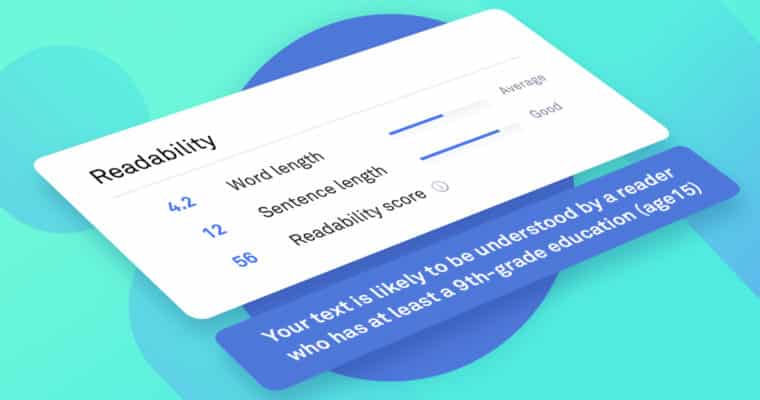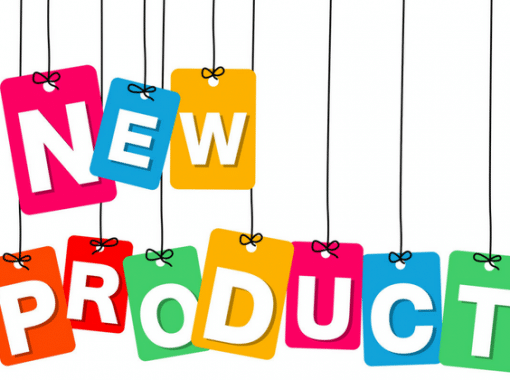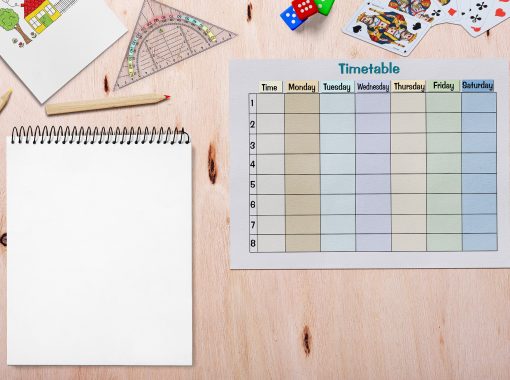
Why Your PR Readability Score Matters
How readable is your PR content? In other words, how easy is it for your audience to read and understand what you are publishing? Knowing the ranking of your PR’s readability score is important. It lets you know if your message is being relayed properly.
There are several factors that go into your readability score. Let’s take a look…
What is a Readability Score?
Content that is easy to comprehend is a must when trying to get your point across. Whether it’s your press release or an email blast, it is important that your content is easy to digest.

A readability score is a measurement of how easy or difficult it is for someone to read your content. It is based on the average length of the sentences, working, and a read-ease test. Typically, having a low readability score means your text is not easily comprehensible. Having a high readability score means your text is easily readable.
Readability scores vary on what they look at but in general, they analyze:
Reading Level:
What reading level is your content being written at? Don’t count your content to be too advanced unless your primary goal is to write for a highly educated audience. But still, it’s easier for most people to consume content that is at a lower reading level.
In fact, it is not uncommon to aim to write at a 3rd grade level. Yes, you are reading that correctly. Anything above a 5th or 6th grade reading level may be too much for most readers. It is possible to write everything you need to get across at a lower reading level. Plus, if you publish content that is not easily consumed by the average-Joe, wouldn’t you want to down-play the way it is written? This can help more individuals digest what you are saying.
Sentence & Paragraph Length:
Take a look at how many words are in your sentences. If you are exceeding more than 30 words per sentence, it is time to cut back. Practicing writing sentences to be about 15-30 words/sentence falls in line with best practices. People reading your content should be able to easily skim your sentences to get a gist of what the main objective is.
Paragraph length is also another major readability factor. There should be at least 6 sentences per paragraph to explain your point. If you must elongate your paragraph, do so by breaking into another paragraph.
Formatting:
Do you use formatting to call attention to new ideas and main points? Formatting bold or underlined words, numbers or bulletized lists, can help make your content more readable. This relates back to the reader being able to easily skim through your piece in order to get a general understanding.
Subheadings are also a great way to improve readability scores and deal with formatting. They help divide and organize pieces. Utilizing subheadings will surely improve your readability score.
Why Does a PR Readability Score Matter?
Whether you are writing for a journalist or a customer, it is important that they find your content easy to read. If the content is visually or mentally challenging, the higher the likelihood of retraction. You want to be able to draw the reader in, command attention, and get your point across.
Readability matters because you want your content to be read. Too low a score means you’ll have more bounces – more people will simply click away. Can your score be too high? Potentially. It depends on your audience.
Best Practices? Use a tool to determine the readability of your PR content. Most tools will give you suggestions to help you tweak the readability to get it to the level you want. Then test your content. DO people respond better to content with a lower readability level? A higher one?
Readability scores help you create content that your audience wants to consume and that’s the ultimate goal, right? If they read your content, enjoy your content, then ideally, hey will take the desired action and engage further with your organization.










